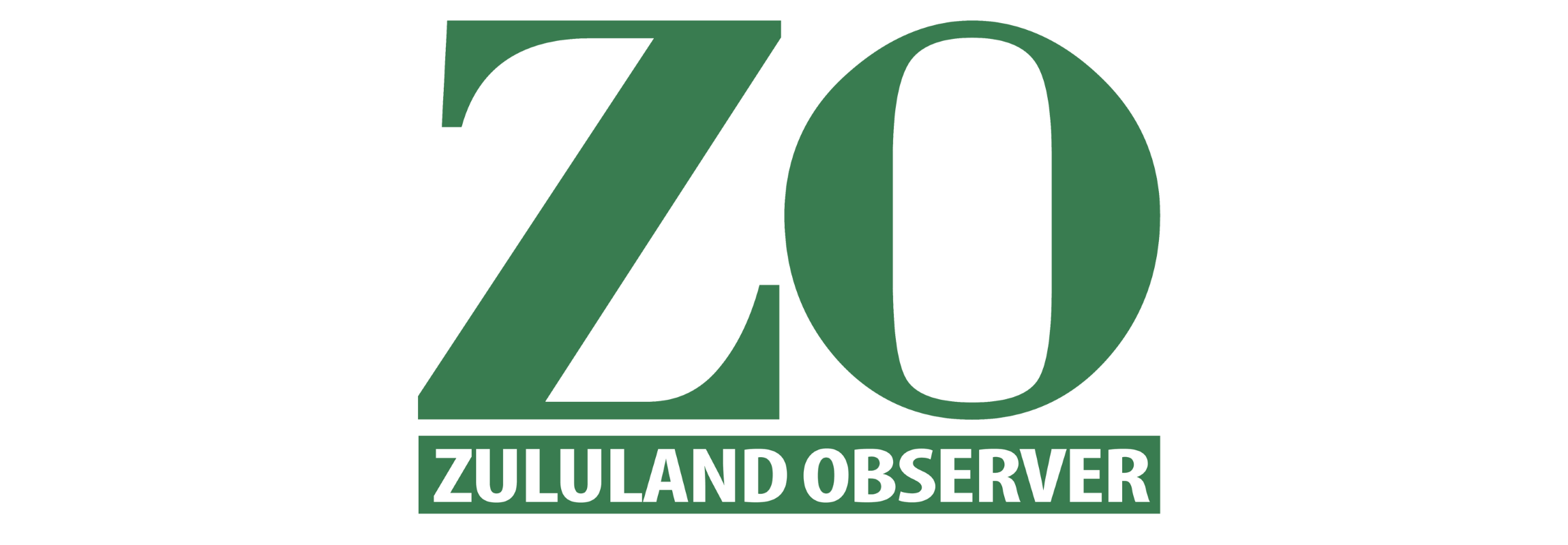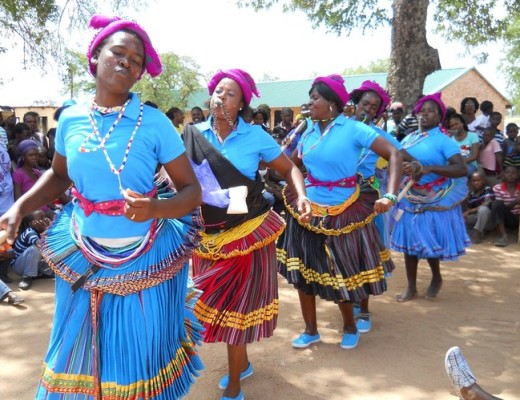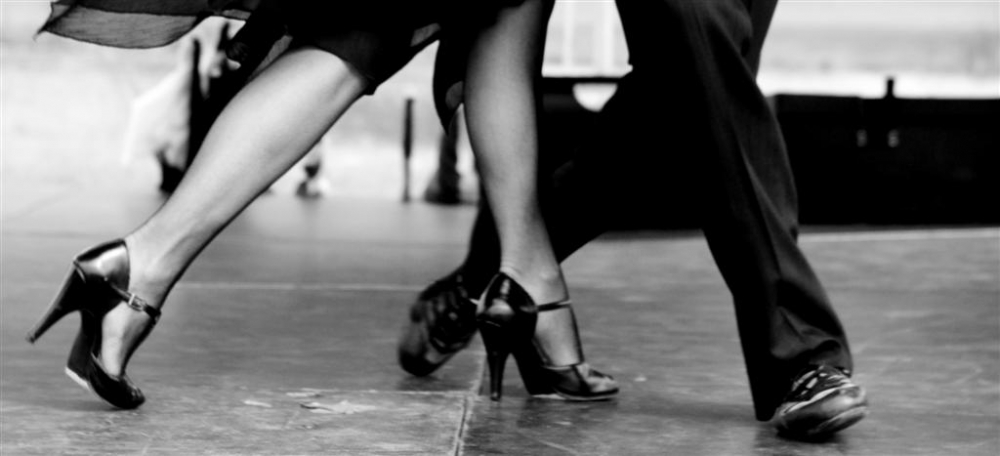Celebrate Heritage Day through dance
Different cultures will celebrate Heritage Day in various dance styles

SEPTEMBER is a month when all South Africans celebrate the country’s rich diversity in art, performance, history, customs and traditions, language, food, and the spoken and written word.
Each year the celebrations are filled with millions in different traditional wear, and of course packed with music and dance.
As you know, in South Africa there is no celebration without music or dance.
We are known a rhythmic country… and yes, we can dance.
Festivities to celebrate Heritage Day/Month have already started, and will probably run for the rest of the month in all nine provinces.
Heritage Day was introduced by South Africa’s first democratically elected government, and was first celebrated in 1995.
Hit the floor
Dance, both contemporary and indigenous, has long been an important means of personal and artistic expression in South Africa.
It plays a central role in story-telling, ceremonial practices, recreation and socialisation, improvisation and community sharing.
During this month, communities all over SA will showcase their dance talents, as well as their traditional costumes.
These celebrations aim to promote artistic excellence, preserve indigenous dance and encourage new dancers, particularly youngsters.
Other arts will be included, with the programme featuring poetry and story-telling, theatre, and educational and environmental activities.
Indigenous dance styles
The advent of democracy in South Africa inspired a wealth of creative expression, with a surge of new dance.
During the years of oppression by the apartheid government people in townships kept their spirits up with the energetic township jive.
In those days, and still today, the toyi-toyi – the militant yet mostly non-violent dance of protest that features high-stepping movements – was often accompanied by the chanting of slogans and fists waved enthusiastically in the air.
Gumboot dancing, or isicathulo and isicathamiya were born out of the hardships of working in the mines.
It is said miners, forced into silence by their oppressive bosses, used to communicate with each other through stamping their feet, rattling their ankle chains and slapping their boots, in essence creating their own Morse code.
Afrikaans South Africans enjoy a social dance known as the sokkie, a word that hints at the fact that dancers sometimes do not wear shoes.
Sokkie music is one of the best-selling genres in the local industry.
Even former president Nelson Mandela made his mark on South Africa’s dance scene, with the familiar Madiba jive, which involves a gentle marching action of the arms.
Other styles such as Indian dancing, both classical and contemporary, the Venda Tshigombela which is usually performed by married women, and the trance dance, performed as a healing exercise by the San people of the Kalahari desert, are testament to the colourful and diverse history of dance in South Africa and the important role it has played in our heritage.
Dance by different cultures in SA
AmaZulu : Indlamu
AmaXhosa : Umxhenso
Tsonga : Xibelani Dance
SeSotho : The mokorotlo, the mohobelo and the mokhibo
Indian : Kathak, Kathakali, Odissi
Siswati : Umgidzo
Afrikaans : Sokkie sokkie
HAVE YOUR SAY
Like our Facebook page and follow us on Twitter.
For news straight to your phone invite us:
WhatsApp – 072 069 4169
Instagram – zululand_observer




